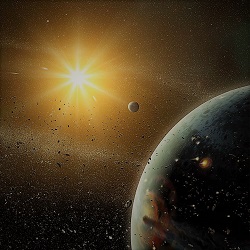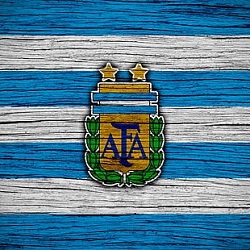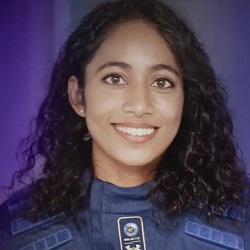THE SOLAR SYSTEM- PLANETS
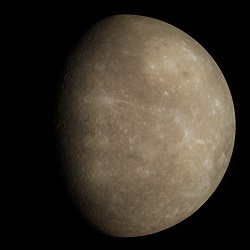
THE MERCURY. 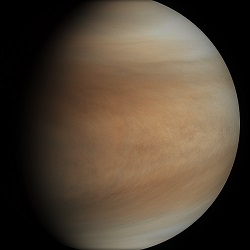
THE VENUS. 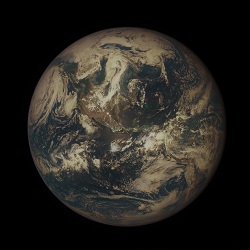
THE EARTH. 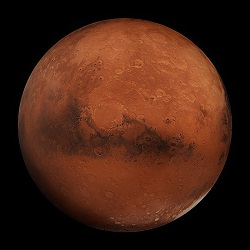
THE MARS.
The planets are the opaque heavenly bodies that rotate on their own axis and revolve around the sun in an elliptical orbit. The new definition for the planet as given by the International Astronomical Union in 2006 as follows. According to the new definition-
- A planet goes around the sun in a particular path called the orbit.
- A planet must have sufficient mass to assume the hydrostatic equilibrium. The hydrostatic equilibrium is a state of a planet when it’s gravitational force is balanced by its internal pressure. Hence the body is neither expanding or contracting. Therefore a body in hydrostatic equilibrium will assume a spherical shape to minimise the gravitational potential.
- The orbiting planet must not interrupt the orbit of another planet.
CLASSIFICATION OF THE PLANETS
The planets can be classified on the basis of their composition. There are two types of planets-
- TERRESTRIAL PLANETS
- JOVIAN PLANETS
TERRESTRIAL PLANETS– The terrestrial planets are also known as Rocky Planets. These planets are primarily composed of rocks, metals and have high density, slow rotation, solid surface with few satellites and no rings. The example of terrestrial planets is Mercury, Venus, Earth and Mars. They are also called as the inner planets. earth is the largest planet among them.
JOVIAN PLANETS– The jovian planets are composed of gases such as hydrogen, helium. They generally have low density, rapid rotation, number of satellites and rings. The example of jovian planets is Jupiter, Saturn, Uranus and Neptune. Jupiter is the largest planet among them. The asteroid belt lies between Mars and Jupiter.
FACTS ABOUT PLANETS
| NAME OF THE PLANET | DIAMETER IN KILOMETERS | MOON | AVERAGE DISTANCE MILLION KILOMETERS | ORBIT TIME IN DAYS | SPECIAL FEATURE |
| MERCURY | 4,849 | 0 | 57.6 | 88 | |
| VENUS | 12,032 | 0 | 107.52 | 225 | MORNING AND EVENING STAR. HOTTEST PLANET-PRESSURE COOKER LIKE CONDITION. ROTATION-EAST TO WEST. TWIN SISTER OF EARTH. |
| EARTH | 12,739.2 | 1 | 148.8 | 365 1/4 | THE BLUE PLANET. LIFE PRESENT. |
| MARS | 6,755.2 | 2 | 225.6 | 687 | RED PLANET. HIGHEST POINT-NICKS OLYMPIA |
| JUPITER | 141,968 | 16 | 772.8 | 11.9 YEARS | LARGEST SATELLITE-GANYMEDE SIZE OF A PLANET. MINIATURE SOLAR SYSTEM. |
| SATURN | 119,296 | 20 OR MORE | 1,417.6 | 29.5 YEARS | GASEOUS GLOBE. RINGS 7 IN NUMBER |
| URANUS | 52,096 | 15 | 2,852.8 | 84 YEARS | ROTATION-EAST TO WEST. LYING PLANET. APPEARS BLUE IN COLOUR |
| NEPTUNE | 49,000 | 8 | 4,497 | 165 YEARS | YELLOW IN COLOUR. |
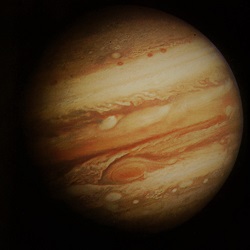
THE JUPITER. 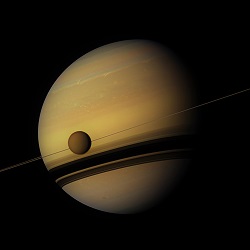
THE SATURN. 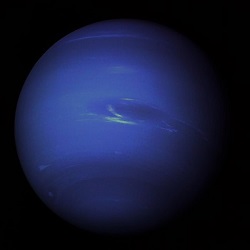
THE URANUS. 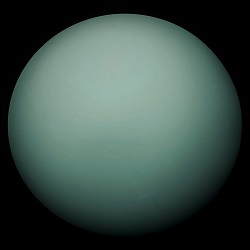
THE NEPTUNE.
